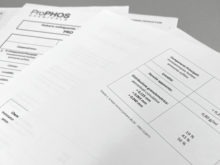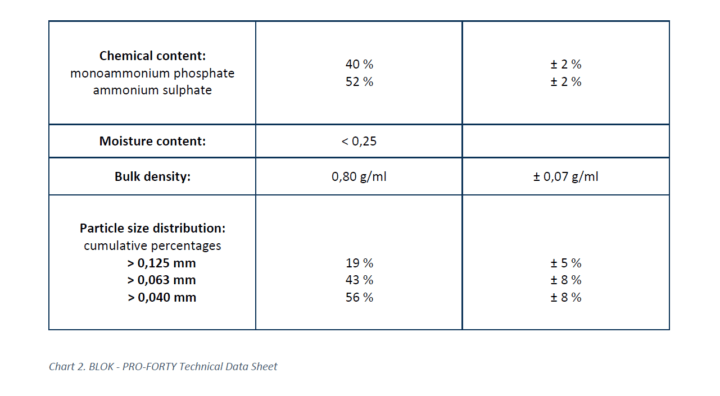Extinguishing powders: the EN 615:2009 Standard and the Technical Data Sheet
For the extinguishing powders production, the reference standard is the EN 615:2009, that specifies methods, types, and requirements for producing and selling extinguishing agents. The EN 615 Standard also specifies the information and data that the manufacturer must share with the customer for each delivery.
The EN 615:2009 European Standard
The European Standard is applicable to the A-, B- and C-type fire extinguishing powders: it “specifies, by means of defined test methods, minimum requirements for the chemical physical properties and minimum extinguishing capabilities” that the powder must have to be considered marketable.
Furthermore, the information and data requirements shall be specified by the manufacturer through the compilation of a Technical Data Sheet (TDS).
Does the Standard specify directions about the colour of the powder?
The Standard does not specify directions about the colour of the powder: although it is marketed in three different colours (white, pink, and blue) to meet different market requests, this technical feature is not subjected to any Standard and has no influence on powder chemical and physical characteristics.
The Technical Data Sheet
The Technical Data Sheet (TDS) is meant to communicate the information provided by the manufacturer to ensure that the product complies with the technical characteristics specified by the EN 615 Standard.
Let’s see the principal technical features that must be declared from the manufacturer and that must be listed in a TDS.
- Chemical content. This section shows the amounts of the chemicals which has been used in the agent’s production and have a weight concentration of at least 10%. The sum of the amounts shall be 90% or more of the total content. There are tolerances expressed as percentages;
- Moisture content. In this case, the value is fixed, and it must not exceed 0.25% by weight;
- Bulk density. The bulk density is a physical property of a granular solid, such as soil, sand, or dust. It is calculated by dividing the mass in grams of a given volume of powder by the volume in millilitres it occupies. The EN615 Standard only states the tolerance of ±0,07 g/mL from the characteristic value;
- Particle size distribution. Regarding the particle size distribution, the manufacturer must ensure the cumulative percentages oversized on three different sieves.
In order to ensure a better accuracy for this analysis and a faster measurement, our laboratory has purchased a laser particle size analyser, which makes possible a quick detection in a wide range of particle size distributions: the great advantage is a measurement that covers about 30 sieves of different sizes instead of the most common ones (125, 63, 40 µm) mentioned by the Standard.
BLOK stands for quality and high standards of production
To guarantee all the characteristic values required in the Standard and a high level of quality of the finished product, we ensure a careful quality control route, which starts from the selection of raw materials to the analysis performed on each production batches.
Discover our range of BLOK estinguishing powders.

